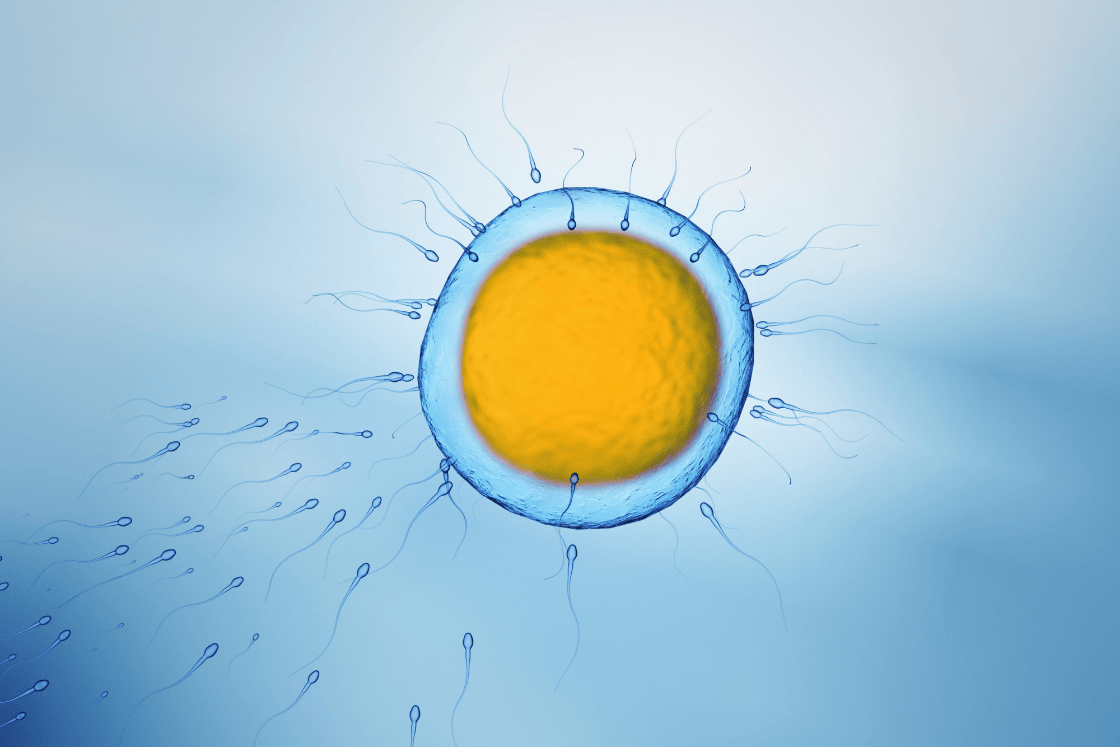What Is Sperm Motility and How Does It Affect Your Chances of Becoming a Dad? Fertility is not just a women’s issue; in many cases, male factors play a critical role in a couple’s ability to conceive. One of the most common problems is low sperm motility. If you’re wondering what motility is, how it’s measured, and what you can do about it, this article covers it all.
1. What is sperm motility?
Sperm motility refers to the ability of sperm to move efficiently and reach the egg for fertilization. Healthy sperm need good mobility to swim through cervical mucus, reach the egg, and achieve fertilization.
There are two main types of motility:
- Progressive motility: When sperm move forward in a straight line.
- Non-progressive motility: When sperm move but don’t advance far enough.
2. What causes low sperm motility?
There are several reasons why a man may experience low sperm motility. Some of the most common include:
- Lifestyle factors: Alcohol, tobacco, or drug use.
- Medical conditions: Varicocele, infections, or hormonal disorders.
- Exposure to toxins: Chemicals, pesticides, and high temperatures.
- Age and genetics: While men can conceive throughout life, sperm quality declines over time.
3. Symptoms and diagnosis: How do you know if you have low motility?
Low sperm motility doesn’t usually present any physical symptoms. It’s often detected after struggling to conceive over a significant period.
The diagnosis is made through a semen analysis, which evaluates parameters such as:
- Sperm count.
- Shape (morphology).
- Movement (motility).
This test is crucial for determining if the problem lies with motility or other male fertility factors.
4. What treatments are available to improve motility?
Several treatments are available to address low sperm motility, depending on the underlying cause:
- Lifestyle changes: Healthy diet, regular exercise, and avoiding toxins.
- Nutritional supplements: Vitamins C and E, zinc, and coenzyme Q10 can help.
- Medical therapies: In some cases, hormonal treatments may be necessary.
- In-vitro fertilization (IVF): An effective solution for couples facing this challenge. With intracytoplasmic sperm injection (ICSI), even sperm with low motility can be used to fertilize an egg.
5. Why is IVF an ideal solution for motility issues?
IVF is an advanced and effective option for couples dealing with sperm motility challenges. During the ICSI process, a healthy sperm is selected and directly injected into the egg, eliminating the need for the sperm to swim on its own.
This method has proven highly successful in cases where low motility prevents natural conception. It also allows couples with severe male factors to achieve their dream of parenthood.
Conclusion: Don’t Let Low Motility Hold You Back!
Low sperm motility doesn’t have to be an insurmountable barrier to parenthood. At Crealin, we have specialists and cutting-edge technology to provide the most effective solutions, including advanced treatments like IVF.
Schedule your consultation today and take the first step toward growing your family.
📞 Call us at 868 813 4303
📍 Visit us at Calle Abasolo No. 116, Colonia Centro, Matamoros, Tamaulipas, Mexico.





